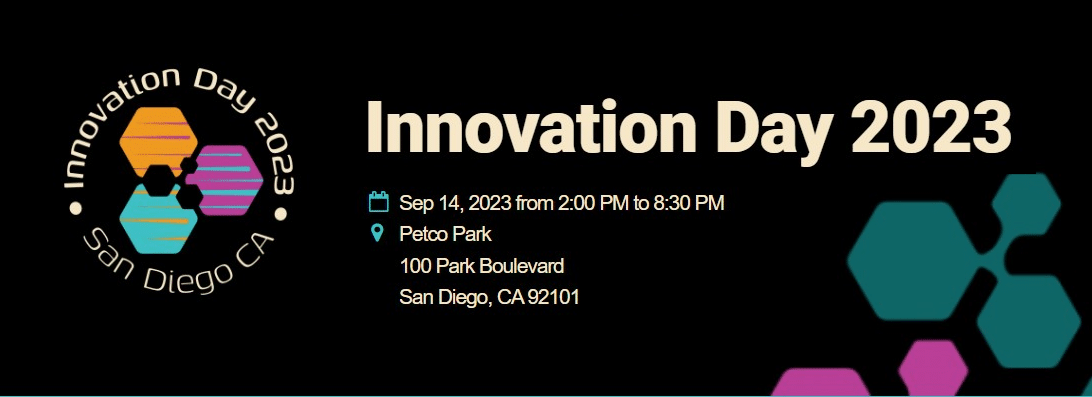Jan. 1 brought a $1 increase in California’s minimum wage, however some local economists say that isn’t the primary factor fueling an apparent workforce shortage as many business owners struggle to make ends meet.
San Diego Workforce Partnership Senior Economist Daniel Enemark put those dollar signs in context, said the apparent increase in minimum wage is “really just an adjustment to account for inflation” and in real terms, labor is no more expensive today than it was in January 2021.
“The minimum wage increased from $14 to $15 an hour — a 7% increase. For context, from 2021 to 2022, food prices increased by 7.5%, rent by 15%, home prices by 24%, and energy by 37%. In other words, this year’s minimum wage increase doesn’t actually represent an increase in what economists would call the ‘real’ wage,” Enemark said.
Analyzing New Wages & Inflation
Accessity Chief Executive Officer Elizabeth Schott, who works daily with funding business ventures led by entrepreneurs of color, women, and immigrants said consumers and small business owners alike “are feeling the effects of rising costs in many different areas that affect their budget and bottom lines” and the minimum wage increase is just one component that affects small businesses.
Furthermore, she said, the increase in minimum wage was planned for, unlike unexpected impacts like supply chain or inventory issues.
Similarly, Southwestern College Center for Business Advancement Director Danny Fitzgerald, who leads the San Diego & Imperial Small Business Development Center (SBDC) Network as well, said the minimum wage increase is “tertiary to other concerns” currently affecting business owners.
“The existing labor shortages, spikes in COVID, supply chain issues — the concerns aren’t necessarily coming from a layoff perspective … The increase affects them from a bottom line but it has been well known; business owners knew it was coming down the pike. They could plan for it,” Fitzgerald said.
However, being able to plan for increased staffing costs does not guarantee consistent staffing as the pandemic careens toward a two-year mark.
Managing the Pandemic
San Diego County Hispanic Chamber of Commerce President Ricardo Villa, who owns Simple Time payroll, said most businesses he encounters have already “gone back to the basics of ‘Mom and Pop’ management” with key individuals who started the company keeping their business afloat.
“They already made a reduction in staff but availability in staffing is creating a bigger impact on businesses. They’re able to generate the revenue to compensate but the question is having the staffing consistency,” Villa said, adding that money is lost when businesses invest in training employees but those staff members are not available to work.
How the Economy Plays Into It
University of California, San Diego Associate Professor of Economics Jeff Clemens said the “mix of the pandemic” with altered customer flows as well as higher employer costs in restaurants and the hospitality sector all adds up to a potentially slower economic recovery.
“As someone who has done a fair bit of research on the topic, I can say there tends to be very little evidence of adverse impacts on employment when minimum wage increases are moderate in size and when the economy is performing in a healthy way. But, in studies that take place with either large increases in wages or labor markets that are in distress, they tend to be more worrisome,” Clemens said.
Read More
Read the rest of the story written by Jessica Brodkin Webb published Jan. 14 via The Californian.





